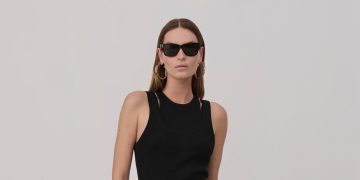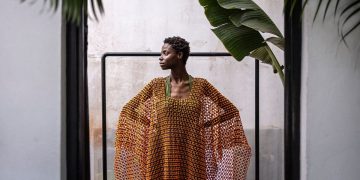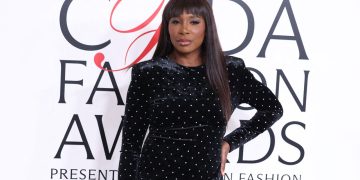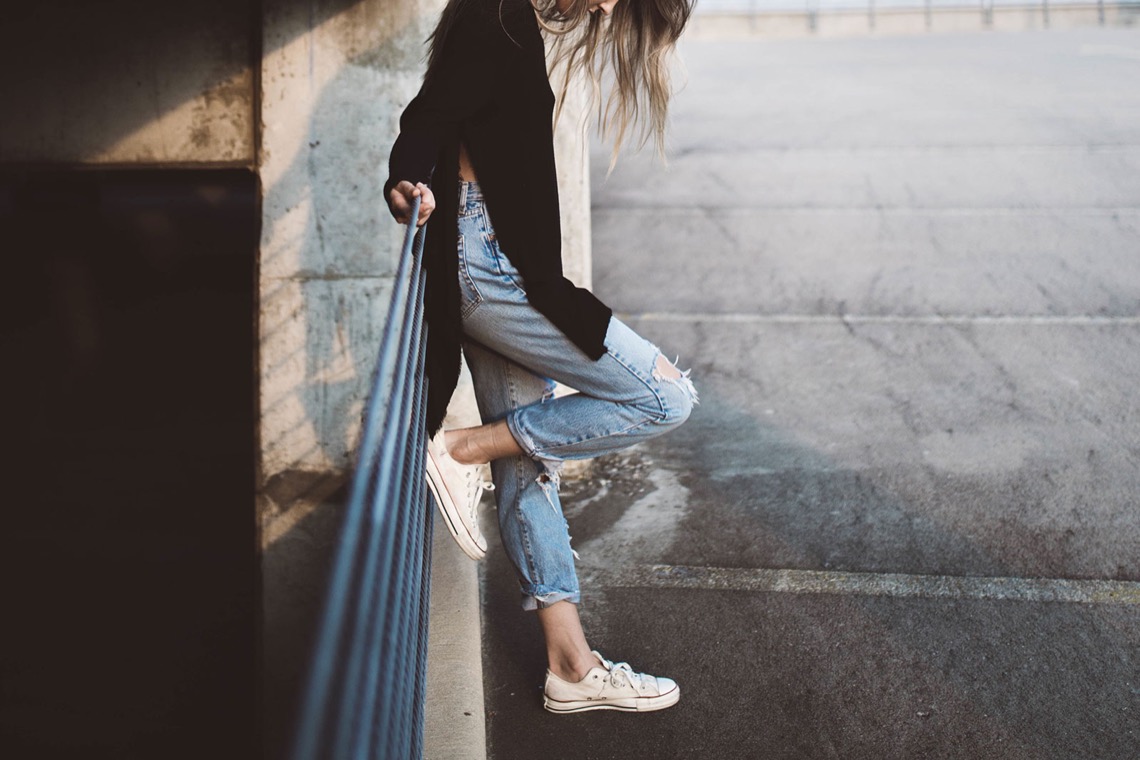Is Japanese-style hair washing the secret to healthier hair growth? Well, when it comes to beauty, time and time again, Japanese beauty brands, researchers, and creators remain one step ahead. A simple example of that? Consider the hair brush. While many people in the west who following western beauty routines are brushing their hair once (maybe twice) a day, in Japan, it’s at least twice as much. And for good reason.
Hairstylist Maria Roberts, founder of the Madart x Studio 25 hair salon, spent a stretch of time training in Japan before opening her own salon and spa in Quijorna, Madrid. There, she discovered, among other things, that hair washing is super focused on scalp care. Many hairstylists would use at least two silicone massaging brushes, one on each side of the head, to create a massage routine that helps deep clean the head and activate blood circulation.
“The best way to do a scalp massage is to start at the back of the head, going upwards and always focusing on the crown of the head, where there are more nerve endings,” Roberts explains. By applying the technique with two brushes, and adding in shampoo, the effect is potent. According to Roberts, it not only stimulates growth, but also relieves tension on the scalp—try massaging your own scalp when you’re nervous or anxious, it works too—and the hair is much cleaner.
By now we know that, if we want our hair to thrive, we have to know how to moisturize our scalps and keep that dryness at bay. “The scalp to the hair is the soil for flowers,” Morgan Rabach, board certified dermatologist and cofounder of LM medical, previously told Vogue. “The healthier the scalp, the better the chance your hair has of being healthy.”
In Japan, hair oiling is also common practice, pre-shampoo. Oils are applied to the scalp to rebalance it and help it stay cleaner for longer. In fact, oils are a staple of hair care in Japan, not only in pre-washing routines, but as aftercare and day-to-day care. Geishas, for example, used camellia oil to add shine to their hair as they brushed it.
When it comes to drying, Roberts emphasizes the importance of drying your gently, without rubbing, and always before detangling your hair with a brush—otherwise you’ll cause breakage. In Japan, hairstylists will try to minimize contact with a hairdryer by thoroughly towel-drying first. In both Japan and Korea, women will often use absorbent microfiber towels—and even soft cotton t-shirts—to dry their hair and reduce frizz. With the majority of the moisture removed before putting intense heat on your head (which dries out your scalp and can cause breakage with prolonged use) you’re putting your scalp and ends in the best position for glossy, unbroken lengths. So, on your next wash day, will you be employing the Japanese hair washing technique?
#Japanese #Hair #Washing #Technique #Key #Healthy #Hair #Growth














